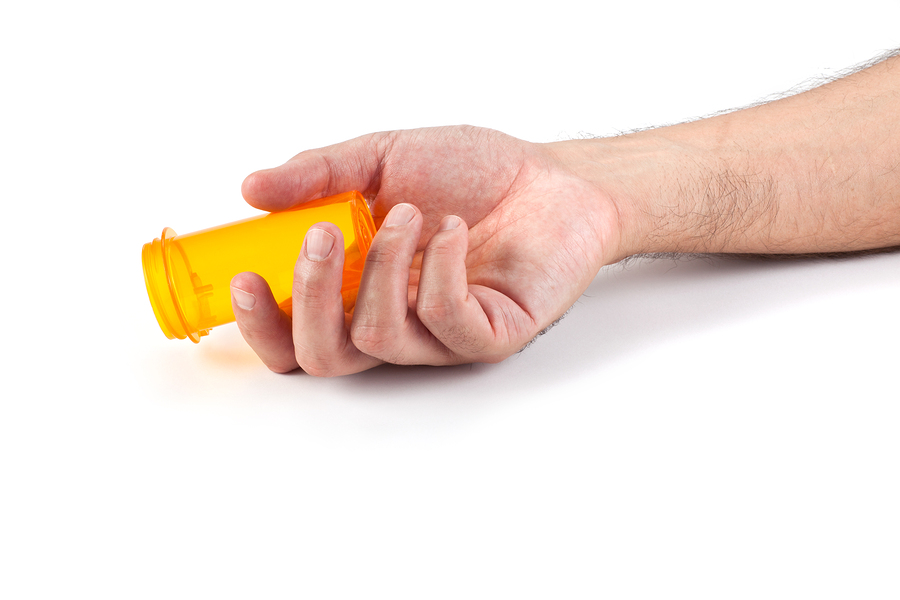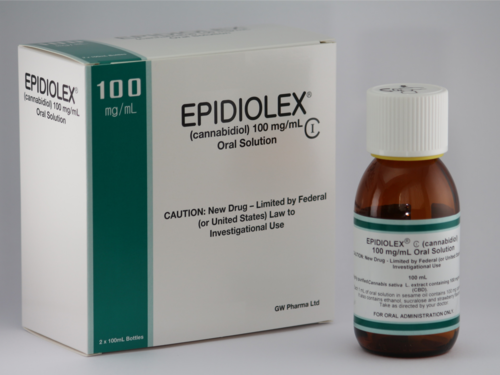Study Finds Opioid Medication Effective for Chronic Pain
/By Pat Anson, Editor
Opioids have been used for thousands of years to provide relief from pain. But are they an effective treatment? Are they worth the risk of addiction? And do they improve quality of life?
Millions of chronic pain patients who use prescription opioids so that they can work, sleep, bathe and do simple household chores would quickly answer “Yes” to those questions.
But that’s a radical concept in an age of anti-opioid hysteria and propaganda. Prominent anti-opioid activists insist that “opioids are ineffective or can worsen both the pain and the long-term outcome." And the CDC's opioid prescribing guideline tells us there is “insufficient evidence to determine long-term benefits of opioid therapy for chronic pain.”
Except now there’s a review that says opioids are effective and the evidence was there all along.
Researchers at Brown University and Tufts University School of Medicine analyzed 15 clinical studies performed for the Food and Drug Administration that looked at the effectiveness of opioids in treating chronic non-cancer pain. Their findings were just published in the Journal of Pain Research.
“The recent claims that opioids lack efficacy for chronic pain have created controversy among physicians, prescribers, regulators, scientists, and the general public,” wrote lead author Nathaniel Katz, MD, president of Analgesic Solutions and a professor of anesthesia at Tufts University.
“This review was, therefore, performed in order to gather together the key evidence to facilitate understanding opioid efficacy within the paradigm of FDA studies required for approval, and to perform a meta-analysis in order to quantify opioid efficacy for chronic pain.”
‘Ample Evidence’ Opioids Work
The authors are careful to note that they did not try to study or minimize the risks of opioids but were simply trying to reach “an accurate assessment of their benefits.” The 15 placebo controlled studies they reviewed evaluated the effectiveness of hydrocodone, oxycodone, tramadol and other opioids for up to 3 months.
What did they find?
“There is an ample evidence base supporting the efficacy of opioid analgesics for at least 3 months’ duration,” Katz wrote. “This evidence base is at least as large as that for any other class of analgesics, and analysis of responders demonstrates clinically meaningful improvements.”
Nearly two-thirds of the patients (63%) who participated in the 15 studies demonstrated “a clinically meaningful response” to opioids as a treatment for chronic pain. Their physical function only improved marginally, and researchers say there was no positive or negative effect on the patients’ mood. Interestingly, adverse effects were similar in the patients who took opioids and those who were given placebos.
In short, the authors found no reason to abandon opioids as a treatment for chronic pain.
“While the effectiveness of existing treatments for chronic pain leaves plenty of room for improvement, and considering that only a small minority of patients do not experience clinically meaningful treatment response, discarding all analgesics approved for chronic pain contradicts numerous treatment guidelines, international treatment guidelines, widespread patients experience, and the FDA approval process,” they wrote.
Critics will no doubt question why the authors only reviewed studies that lasted 3 months or less. The answer is that high quality, placebo controlled studies longer than that simply don’t exist. Long term safety and efficacy studies are not required for a drug to get FDA approval -- which is why many anti-opioid activists and the CDC claim there is “no evidence” or "insufficient evidence" that opioids work long-term. It's also a misleading statement, because non-opioid pain medications and alternative treatments are not studied for long periods either.
“The reason for the 3 months isn't because there aren't good studies that go beyond 3 months but that 3 months is the period of time the FDA requires for efficacy studies. It is the regulatory standard for assessing long-term efficacy of placebo-controlled studies in chronic pain conditions,” explains pain management expert Lynn Webster, MD, who is vice president of Scientific Affairs at PRA Health Sciences.
Webster says there are technical and ethical reasons researchers do not conduct longer studies of analgesics.
“It is very difficult to conduct longer studies that are placebo controlled because of the number of dropouts in the placebo arm and the ethical concerns of denying patients access to treatment," he told PNN. "It is true there aren't placebo-controlled studies longer than 3 months but there are extended open label studies that are 12 months. As the article states, these extension studies show the efficacy (of opioids) is maintained.”
Katz and his colleagues have worked as consultants to Endo, Pfizer, Purdue Pharma and other opioid makers, which they disclose in their article. Funding for the study was provided by Analgesic Solutions and several pharmaceutical companies.





























